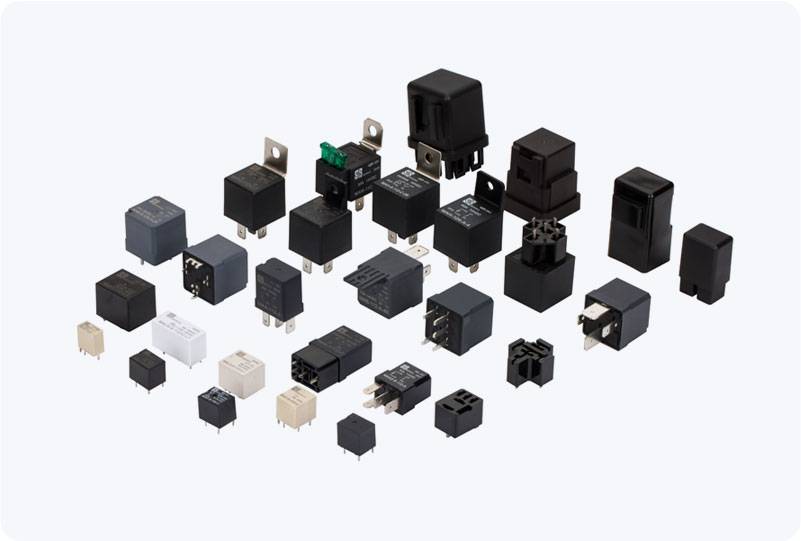understanding the electromechanical relay: working principles and applications
Release time:2025-11-14 22:00:48
The electromechanical relay is a crucial component in various electrical and automation systems. It plays a significant role in controlling circuits and protecting devices by acting as a switch. Despite being an older technology, the electromechanical relay remains an essential part of modern electronics due to its reliability, simplicity, and high capacity for switching high currents. In this article, we will explore the basic working principles of electromechanical relays, their applications, advantages, and limitations.

What is an Electromechanical Relay?
An electromechanical relay is a type of electrical switch that operates using an electromagnet to mechanically operate a set of contacts. Essentially, it uses electrical energy to generate a magnetic field, which then moves a mechanical arm to open or close the relay contacts. This action allows it to control the flow of electricity in a circuit, either by turning it on or off.
Working Principles
The operation of an electromechanical relay can be broken down into several steps:
Current Flow through the Electromagnet: When an electric current flows through the coil (electromagnet) of the relay, it creates a magnetic field around the coil.

